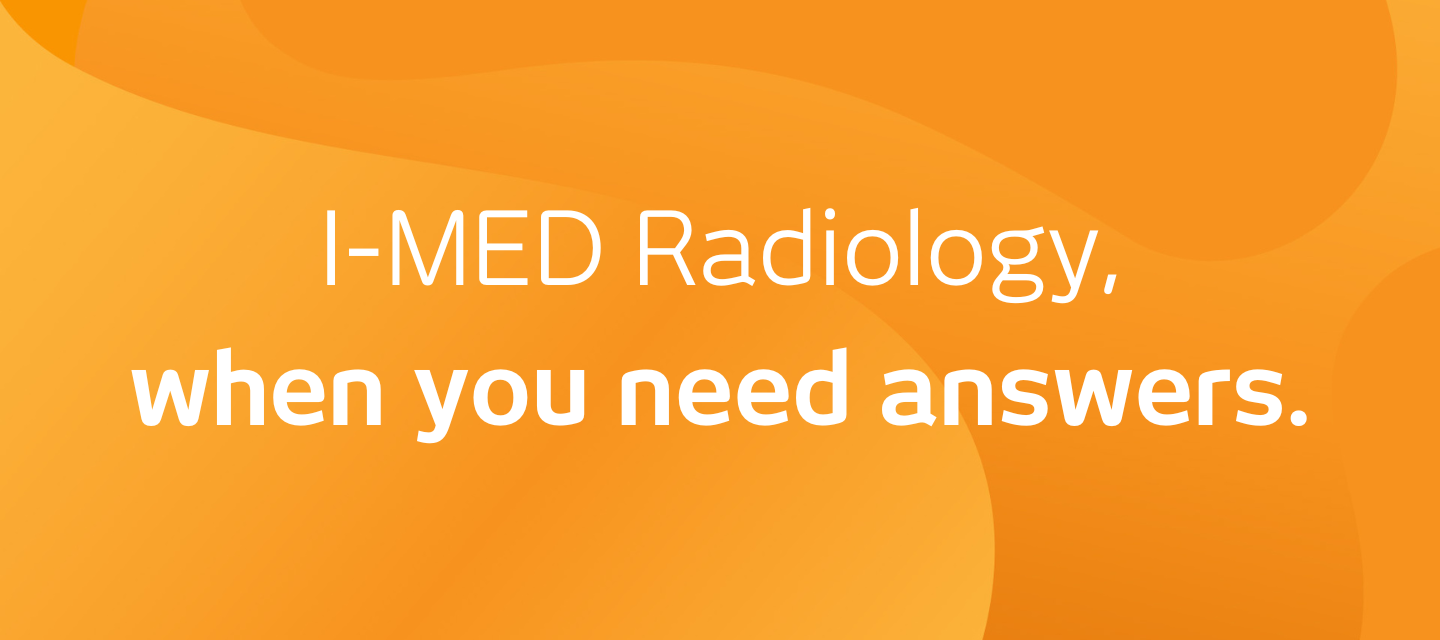
Central venous access
Central venous access
What is central venous access?
Central venous access is the insertion of a specially-made thin, flexible tube, known as a catheter, into a central vein. The central veins are the large veins within the chest and abdomen.
With a catheter in place, treatments such as antibiotics can be given through the catheter over a period of time without the need for repeated injections. A catheter can also be used when regular blood samples are needed, for blood transfusions, and other medical conditions that require access to a vein for a period of time.
How do I prepare for a central venous access?
keyboard_arrow_down
You will usually be asked to fast for six hours before the procedure. If you require insulin or take blood thinning medications such as warfarin or aspirin, you will need to discuss with your referring doctor as it may not be necessary to stop taking these medications during your fasting period. Your referring doctor will advise you about this.
What happens during a central venous access?
keyboard_arrow_down
The area of skin around the site of the venous access will be cleaned. A local anesthetic is then injected to numb the skin at the site of the venous access.
Using images or pictures from an ultrasound machine, a small incision is made in your skin. A needle is then inserted. Once the vein has been accessed, x-ray images are used to guide various specialised flexible wires, small plastic sheaths and the venous access catheter. The tip of the catheter is placed deep into the central vein and positioned accurately using x-ray images.
The catheter or port is then flushed with normal saline (salt water) and a special medication called heparin to prevent any blood within the catheter from clotting. All incisions are then sutured (closed) and firm adhesive dressings applied.
Are there any after effects of a central venous access? keyboard_arrow_down
In most cases, there are no major after effects.
Occasionally, you may have some bleeding at the skin site where the procedure was carried out. If this occurs, it is usually within the first hour after the procedure. The bleeding can be easily treated by medical staff.
How long does a central venous access?
keyboard_arrow_down
The procedure usually takes approximately 30 minutes.
How do I get my results? keyboard_arrow_down
Your doctor will receive a written report on your test as soon as is practicable.
It is very important that you discuss the results with the doctor who referred you so they can explain what the results mean for you.
Most results are normal. Occasionally, small changes are seen that need further review.
If your results are normal you will be able to return for routine screening (usually every 2 years). If your results are uncertain or show changes you may need to consider additional imaging (diagnostic mammogram, ultrasound, or biopsy) in discussion with your referring doctor.

This information has been reviewed and approved by Dr Ronald Shnier (I-MED Chief Medical Officer).
Related articles


This information has been reviewed and approved by Dr Ronald Shnier (I-MED Chief Medical Officer).
Related articles

